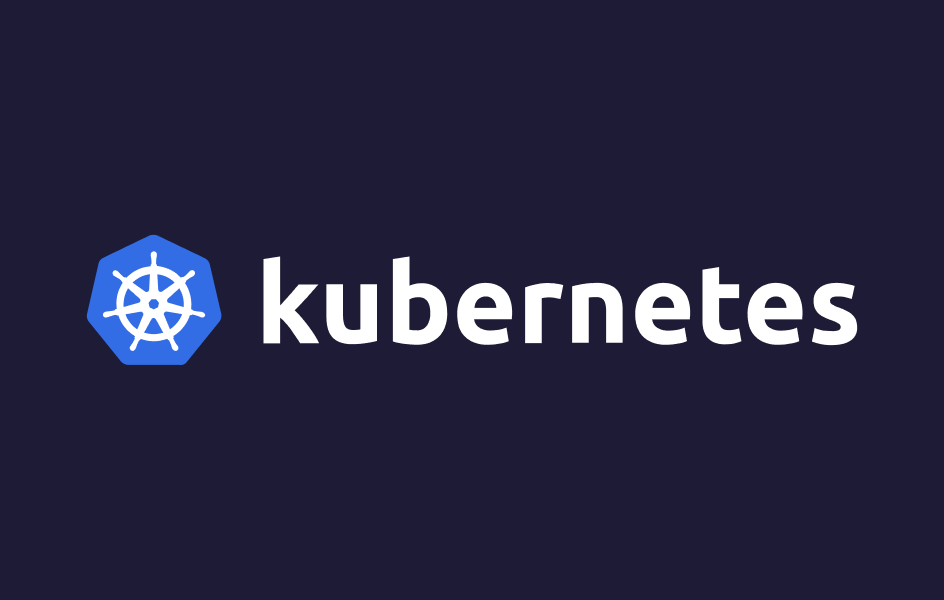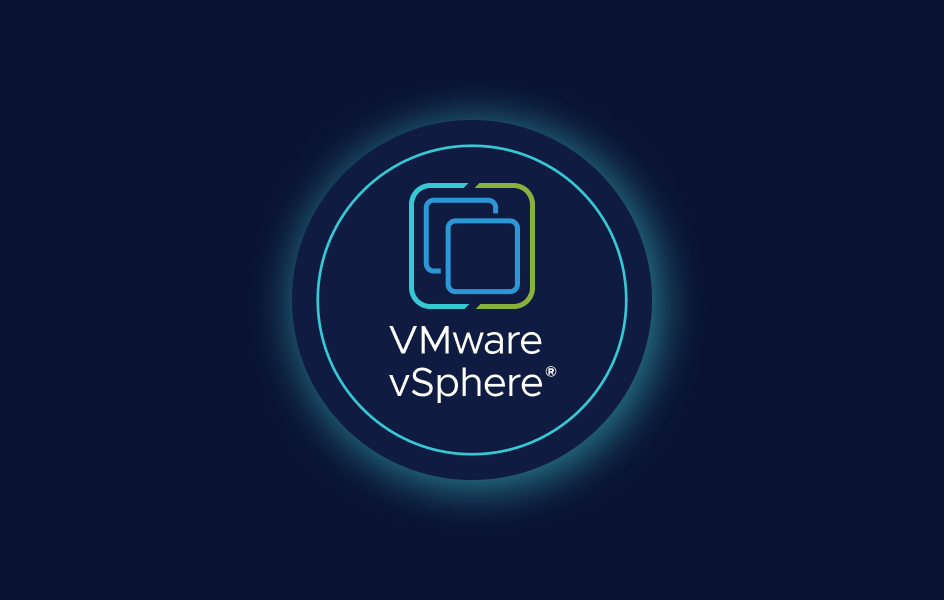Restore M365 Data from Dell Druva
Previously, we discussed how to backup Microsoft 365 using Druva, a backup software as a service from Dell that leverages Amazon cloud. While Druva proves a bit fussy in terms of configuration and backup, it is rather simple when it comes to data restore, regardless of whether it’s OneDrive, Teams, Sharepoint, or whatever you want to restore.
Read more








